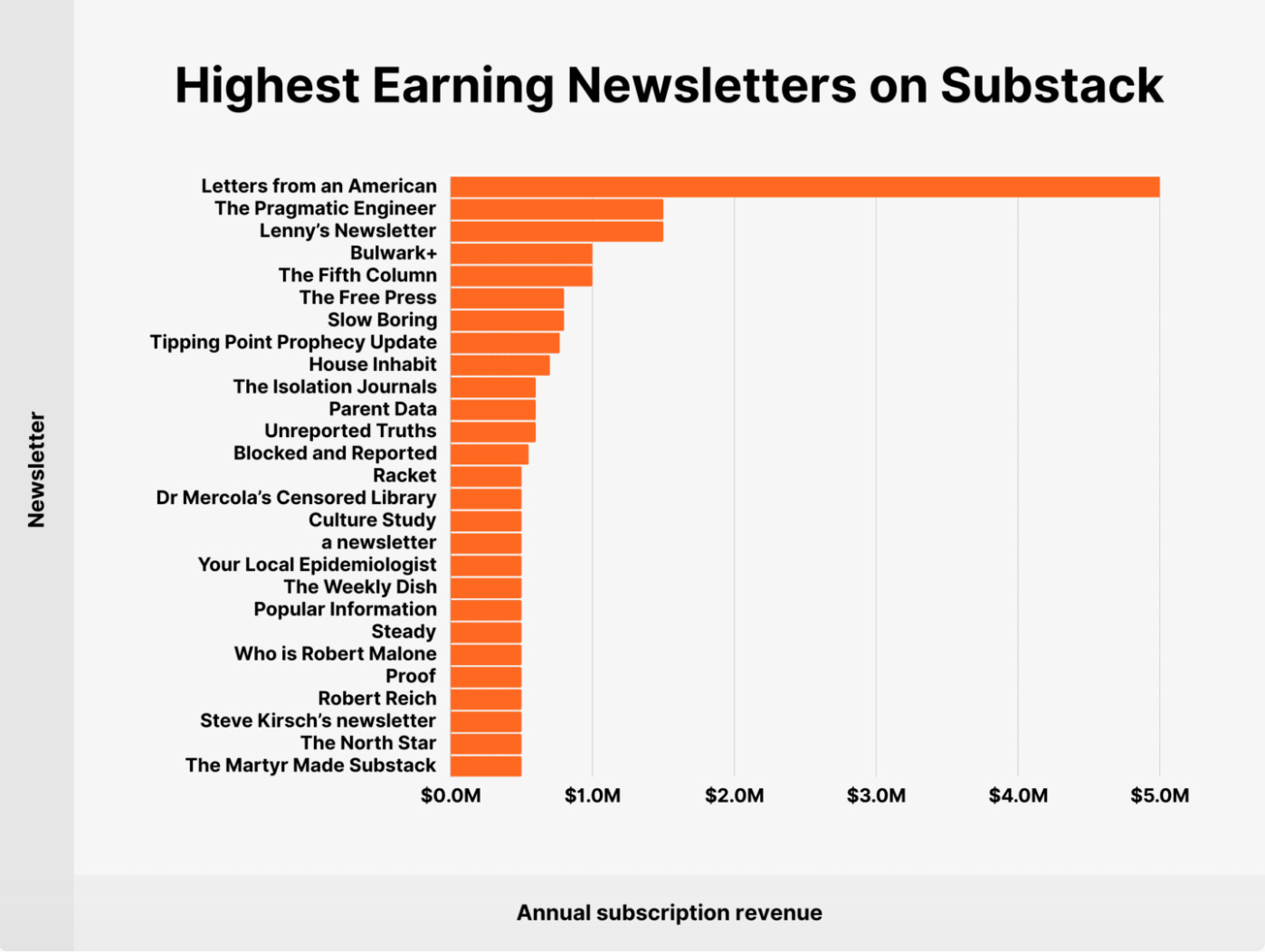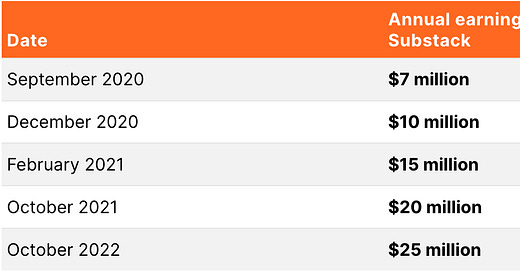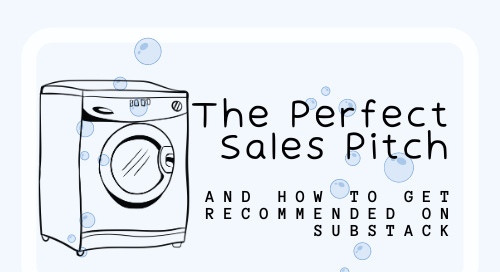

Discover more from Smarter Solopreneurs
Content businesses are all the rage right now.
It started like this:
First, all decent online content was devoured by ads. You couldn’t read anything without having to close a bazillion ad windows.
Then, many “experts” started to pump out shit content for SEO purposes. Not that SEO is bad; the way some people use it is bad.
Then, even more “writers” decided to make a quick buck using AI.
The result? People are now happy to pay for platforms like Medium and Substack, and premium subscriptions like YouTube Premium, to be able to read/watch good stuff (without ads).
This doesn’t mean content businesses are something new. A content business is, essentially, a publishing business. It’s been around for decades — it’s just that now, it’s accessible for solopreneurs.
Yes, one person can now be both the writer and the publisher.
The only problem? It’s a bit overwhelming. You should think about the writing and you should also think about marketing.
Luckily, the way the Internet works right now, it’s not that hard to do both. It requires just a little know-how.
In this post, I’ll give you the roadmap.
But first things first — let’s see if a content business is right for you.
What’s great about content businesses
Creative freedom. You can write about anything you want.
Great scalability. One piece of content can reach millions of people and earn you thousands of dollars.
Control over your schedule. You can work when you want to.
High-income potential. As you’re growing your audience, the sky is the limit.
The business can be sold. Solopreneurs can rarely sell a business because it’s attached to their name. However, newsletters are often sold for 5–10 times their annual revenue.
What’s not so great about content businesses
Slow to build & earn. Content businesses make money when you have a big audience, and growing a big audience takes time.
You’re always busy. Unlike a product business, where you can sell one thing a million times, a content business requires the constant creation of new content.
Could be lonely. There are great communities of content creators online, but other than that, it would be just you, typing on a keyboard.
Now that you know what you’re getting yourself into, let’s talk specifics.
Types of content business monetization
Here’s how you can make money through your content business:
Paid newsletter.
Free newsletter with sponsors.
Platforms that pay for content like Medium and NewsBreak.
Membership website or any other type of subscription-type access to your content.
Freelance writing for popular publications (where you choose what to write about). I’m talking about publications like Business Insider, Forbes, Fast Company, etc.
Books, especially books with a wider audience (fiction, personal development) as opposed to education in a specific topic (where a product-based business strategy is better)
The earning potential of a content business
Let’s look at a few success stories:
Heather Cox Richardson. Heather is an academic historian, author, and educator. She writes the biggest newsletter on Substack, Letters from an American, with over 1.4 million subscribers. According to rough estimates, she makes about $5 million per year from her newsletter.
Mark Manson. Author of NYT best-seller “The Subtle Art of Not Giving a Fuck”, he writes the Your Next Breakthrough newsletter (free) and makes $15K per month from sponsorships. For reference, he’s using ConvertKit for his newsletter.
Michael Simmons. Michael is a freelance writer for Forbes and Inc. Magazine, among other top publications. His newsletter, Blockbuster Blueprint, has over 150K subscribers. According to a recent Substack post, Michael makes over $60K per year from his newsletter alone, and that’s only one of his revenue streams.
How to start a content-based business
Find your audience. This is crucial. You have to know who you’re writing for, and the more specific, the better. This doesn’t mean you need the demographics (although it would help with marketing). You can define your audience as vaguely as “people who feel lost.” Or “modern women.” Or “art lovers.” That’s still better than just “anybody.”
Choose 2 platforms to start. Choose the best platforms for your audience. Learn how to make the best of them & create a work routine around them. For best results, make sure you collect e-mails.
Focus on growth. If you don’t have any audience, don’t rush into selling anything. Keep your day job (or find another way to make money) and focus on growing your audience.
Decide on monetization. Start with one or two content monetization methods. Develop those income streams, then add more to the mix.
If you’ve skipped a step, go back. It’s how you’ll build a strong foundation for your business.
How to grow your content business
Add more platforms for promoting your content. Add new platforms one at a time, only after you’ve achieved success with your first two platforms.
Build credibility. Look into getting testimonials for your content, and getting featured in big media. Improve your social media profiles. Build a website — even if it’s only for credibility and SEO.
Add monetization methods. Now that you’ve mastered one or two, you can add more monetization methods to the mix.
If you need more help or have questions about any of the steps, let me know in the comments or in a DM.
Thank you for reading One-Person Business Success
To unlock the full archives and get access to The Doers Monthly Club (where you achieve one meaningful goal every month with the support of our community), consider becoming a paid subscriber.


















Great points, Maya!
For me, the point of "choosing the best platform for your audience" made a big difference.
I started with X, because all writers are there, and I found a great community there, but my audience of young women is not there.
So I moved to Instagram, and it was a big learning curve and a frightening step to start there.
This move and starting on Substack were the best decisions I've made so far!
This is super helpful - thank you. I'm intrigued by newsletters being sold for 5 to 10 times their revenue value - can you give any examples ? Thank you. ps not looking to sell as I've just started but just interested as I didn't know this